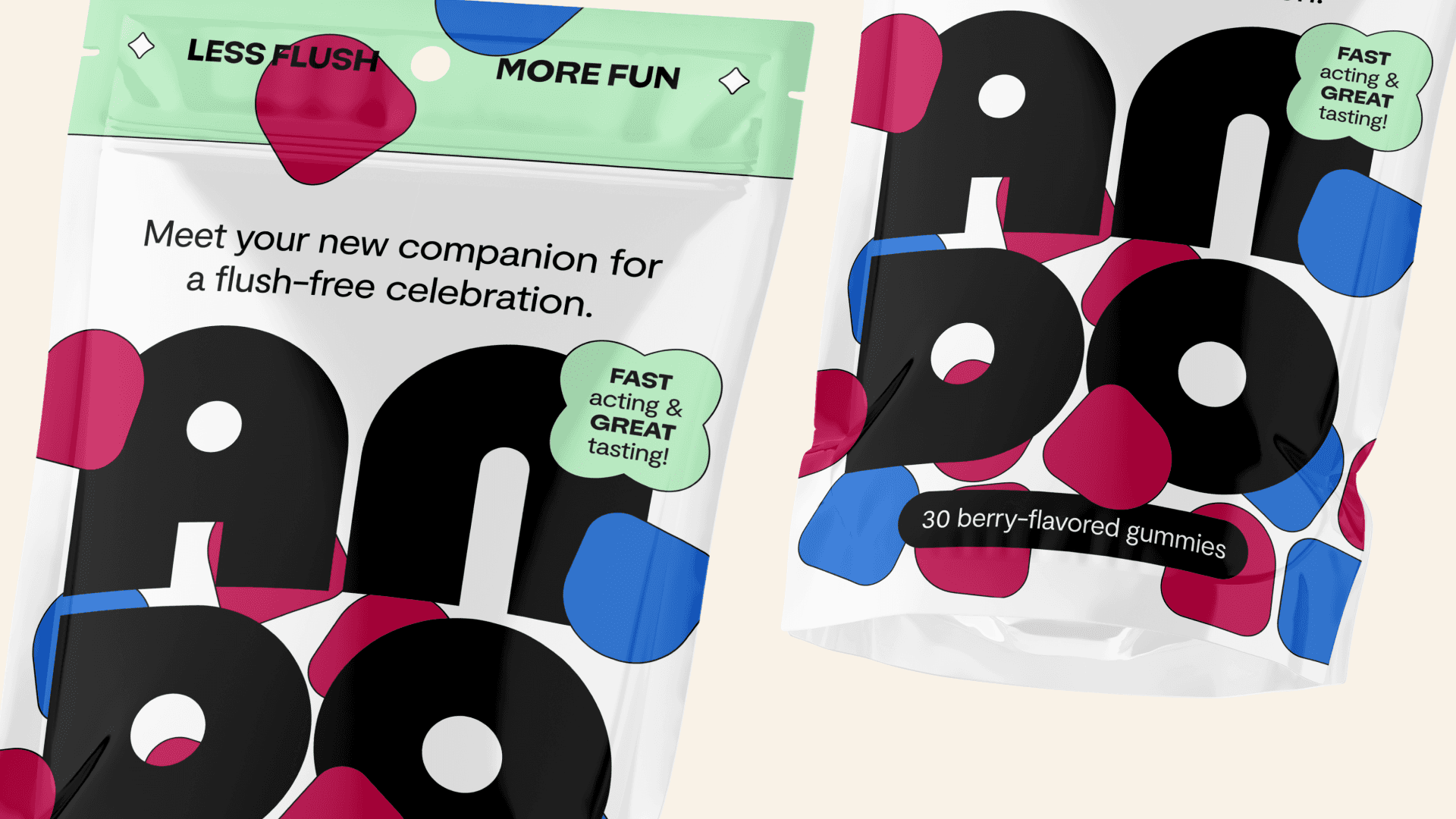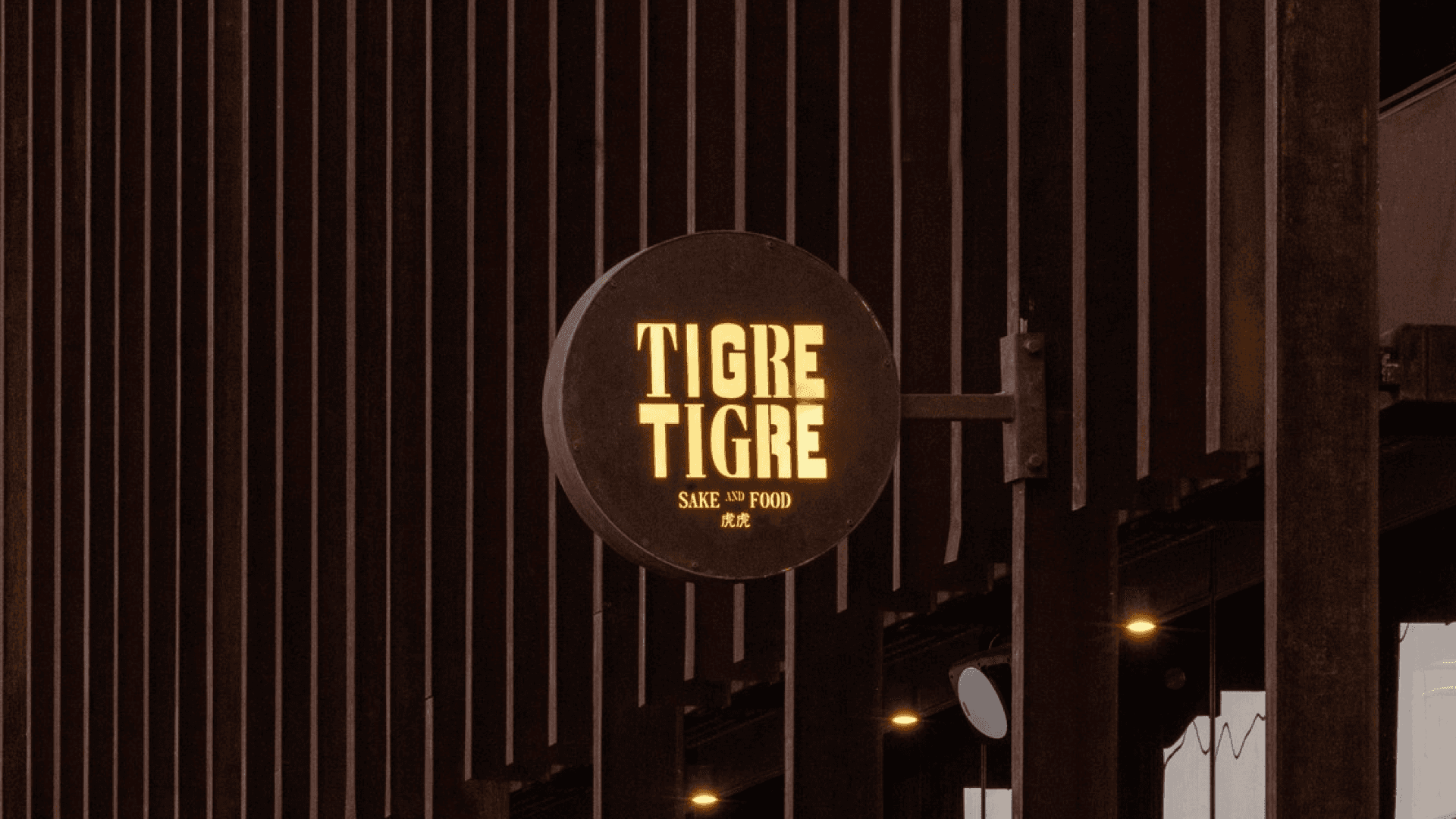What to Include on a Service Page for Optimal Engagement
Internal links enhance user navigation and distribute page authority across your site
A well-structured service page is essential for guiding visitors and optimizing user experience. Key sections to include are clear service descriptions, testimonials, an FAQ area, a compelling call to action, and contact information. Each of these elements enhances user engagement, making it easier for potential clients to understand what you offer and how you can meet their needs.
When designing your service page, prioritize clarity and accessibility. Users should navigate seamlessly, allowing them to find important details without frustration. Incorporating engaging visuals and concise content can further enhance their experience, establishing your website as a reliable resource.
Atla* combines creativity and strategy to ensure your service page not only informs but also captivates visitors. By integrating market insights into your design, you can create a service page that stands out and fosters lasting connections with your audience.
Service Page Design Principles
Creating a successful service page involves strategic design principles that prioritize user experience and engagement. Focusing on layout, visuals, and effective call-to-action elements can significantly enhance the effectiveness of your page, helping potential customers navigate easily and understand your offerings.
Layout and User-Friendly Navigation
A well-structured layout is vital for guiding visitors through your service page. Use a clean, grid-based design that segments information logically. Key sections should flow naturally, allowing users to grasp your services at a glance.
Ensure that your navigation is straightforward. Intuitive menus or breadcrumbs help users backtrack effortlessly. Include important links, such as testimonials and case studies, to establish credibility.
Whitespace is essential; it prevents clutter and gives elements room to breathe. Aim for a balanced ratio of text and visuals, making sure critical information is readily accessible without overwhelming visitors.
Engaging Visuals and Interactive Elements
Visuals play a crucial role in capturing attention. Use high-quality images and graphics that resonate with your brand’s identity. Infographics or icons can effectively communicate complex concepts related to your services.
Integrating interactive elements, such as animations or hover effects, adds dynamism to your page. These features engage users and encourage exploration. For example, you might include sliders to showcase different services or before-and-after comparisons to highlight transformations.
Align visuals with compelling narratives that explain your services. By weaving storytelling into your design, you create an emotional connection that can influence visitor decisions.
Effective Use of CTA Buttons
Clear and distinct call-to-action (CTA) buttons are essential for driving conversions on your service page. Use action-oriented language that encourages users to take the next step, such as "Get Started" or "Schedule a Consultation."
Position CTAs strategically throughout the page, especially at the beginning and end of key sections. Ensure they contrast with your background to stand out, and use ample whitespace around them to draw attention.
Testing different placements and wording through A/B testing helps determine what resonates most with your audience. Atla* specializes in crafting user-friendly websites that incorporate seamless CTAs, ensuring every design element works toward converting visitors into clients.
Content Strategy for Service Pages
Creating an effective content strategy for your service page is essential to attract and convert visitors. Focus on clear communication of your offerings, optimized content for search engines, and proof of your service's credibility.
Highlighting Key Features and Benefits
When outlining your services, emphasize key features and benefits directly related to your target audience's needs. Use bullet points to enhance readability and draw attention to specific aspects. For example, if you are offering web design services, highlight benefits such as improved user experience, responsive design, and SEO optimization.
Clearly state how each feature solves a problem or adds value. This helps potential clients quickly understand what they gain from choosing your services over competitors. Having distinct sections for each service also aids in organizing information, making it easier for users to navigate.
Crafting Service Descriptions with SEO in Mind
SEO plays a crucial role in making your service page discoverable. Begin with thorough keyword research to identify relevant terms your target market searches for. Incorporate these keywords naturally throughout your content, including in your meta title and meta description.
Write concise, clear service descriptions that engage your audience while integrating SEO strategies. Aim for quality content that provides real value. A well-crafted service page can significantly improve your ranking on search engines, attracting more visitors. Remember, balance is key—don't sacrifice clarity for keyword stuffing.
Incorporating Testimonials and Case Studies
Customer testimonials and case studies add a layer of trust and authenticity to your service page. Featuring real feedback from satisfied clients can effectively influence potential customers' decisions. Use short quotes or summaries to highlight positive experiences and outcomes.
Case studies can showcase the effectiveness of your services in a structured format, detailing challenges, approaches, and results. Incorporating this content not only enhances credibility but also demonstrates your expertise. At Atla*, these elements reinforce our commitment to building strong, lasting connections with clients through exceptional branding strategies and design services.
Optimizing Conversion Opportunities
To maximize conversion opportunities on your service page, focus on strategic placements, understanding client needs, and leveraging data. These elements will drive engagement and encourage prospective clients to take action.
Effective Placement of Call-to-Action
Placing call-to-action (CTA) buttons strategically can significantly drive conversions. Ensure they are visible and easily accessible throughout the page. Consider positioning CTAs at the beginning, middle, and end of your content.
Utilize contrasting colors for your CTAs to make them stand out. Text should be clear and concise, using action-oriented language such as "Get Started" or "Contact Us Today."
Experiment with various placements and sizes to see which generates the highest response. Testing different versions can reveal what resonates best with your audience, allowing for continuous improvement.
Understanding and Addressing Pain Points
Identifying and addressing the pain points of your prospective clients is crucial. Conduct thorough market research to understand the challenges they face. Highlight these pain points directly on your service page to show that you understand their needs.
Provide solutions to these issues through your services. Use relatable language that speaks to their concerns, fostering a connection. Make it clear how your offerings, such as branding strategies and designs from Atla*, can alleviate their specific problems.
Doing so not only builds trust but also positions your brand as a reliable partner in their journey, increasing the likelihood of conversion.
Using Analytics to Refine Strategy
Utilizing analytics is essential for refining your conversion strategy. Tools like Google Analytics can provide valuable insights into user behavior on your service page. Monitor key metrics, such as bounce rates and conversion paths, to identify areas for improvement.
Regularly analyze which content and CTAs lead to the most conversions. This information allows you to optimize your messaging and layout effectively.
By interpreting data, you can tailor your approach to better meet client expectations and preferences, driving higher engagement and conversion rates.
Building Trust Through Authenticity
Establishing trust with your audience is vital for the success of your service page. Authenticity plays a key role in fostering confidence and encouraging engagement. Utilizing client testimonials and showcasing real examples of your services can significantly strengthen your brand’s credibility.
Leveraging Client Testimonials and Reviews
Client testimonials are powerful tools that can enhance your service page's credibility. They provide social proof, allowing potential customers to see how others have benefited from your services. Position these testimonials prominently on your page, perhaps as a dedicated section or as part of a sliding carousel for dynamic engagement.
Include specific details in each testimonial, such as the client’s name, their business, and the results achieved. For instance, "Atla helped our small business increase engagement by 50% through effective branding strategies." This specificity enhances authenticity and relatability.
Encourage clients to leave reviews on third-party sites as well. These external endorsements can further bolster your online reputation, positioning you as a trusted authority in your field.
Showcasing Real Service Examples and Case Studies
Highlighting real service examples and case studies can provide insight into the practical application of your offerings. Create a section that details specific projects, outlining the challenges faced, solutions implemented, and results achieved.
Use visuals like before-and-after images, infographics, or charts to make your case studies more engaging. For example, if you offer graphic design services, showcase a project where your design redefined a client's brand image.
Each case study should clearly articulate how your services made a tangible impact. Focus on the metrics—such as increased website traffic, sales growth, or customer satisfaction improvements—to convey concrete outcomes. This approach not only informs potential clients but also demonstrates your expertise in branding strategy and design.
At Atla, we blend creativity and strategy to craft compelling brands. By diving into market insights and consumer lifestyles, we ensure that the brands we develop resonate and create lasting connections.
Technical SEO for Service Pages
Optimizing your service pages with technical SEO strategies is essential for enhancing visibility and improving user experience. Focus on elements that help search engines understand your content and guide users seamlessly through your site.
Implementing Keyword-Rich Meta Titles and Descriptions
Crafting keyword-rich meta titles and descriptions is crucial for attracting clicks from search engine results. Start with your primary service keyword as the first few words of both the title and description.
Ensure your title is under 60 characters, while your description should be around 150-160 characters. This concise format provides clarity and relevance. For example, if your service is web design, a title like "Professional Web Design Services | Atla*" is effective.
Incorporate strong calls to action within your descriptions, such as “Get Started Today” or “Contact Us for a Free Quote.” This approach encourages users to click on your landing page and explore your offerings.
Utilizing Internal Links and Custom Tours
Internal links enhance user navigation and distribute page authority across your site. When creating service pages, link to related content, such as blog posts or other service pages, to provide valuable context and increase time spent on your site.
Additionally, using custom tours can guide users through your services. Highlight key offerings and benefits through interactive elements, fostering deeper engagement. For instance, if you provide branding services, a custom tour could showcase various branding projects with links to relevant case studies.
Utilizing these techniques not only improves user experience but also signals to search engines that your site is well-structured and informative.
Contact Information and Next Steps
Providing clear contact options and guiding your visitors on their journey can significantly enhance their experience on your service page. Effective communication can turn interest into action, making it vital for service businesses to present information in a straightforward manner.
Displaying Clear Contact Options
Your service page should prominently display contact information to ensure visitors can easily reach you. Include various contact methods such as phone numbers, email addresses, and live chat options. This caters to different preferences, ultimately improving engagement.
Make sure to differentiate your contact methods with clear labels, such as "Call Us" or "Email Support". If your service areas are broad, indicate whether you offer localized support or remote assistance to clarify accessibility. Additionally, consider integrating a contact form powered by tools like Mailchimp for ease of management. This allows for streamlined communication and follow-up.
Guiding Towards a Customer Journey
Encouraging visitors to take the next step is crucial for converting interest into action. You can achieve this by providing clear calls-to-action (CTAs) throughout your service page. Phrasing like “Schedule a Consultation” or “Request a Quote” guides visitors smoothly through their journey.
Position your CTAs strategically, ensuring they are visible without disrupting the content flow. Providing context for each CTA can enhance its effectiveness. For instance, explain briefly what happens after they fill out a form or call you. This transparency builds trust and encourages users to proceed. Remember, at companies like Atla*, we understand the nuances of crafting strategies that resonate and create lasting connections through effective customer journeys.





















